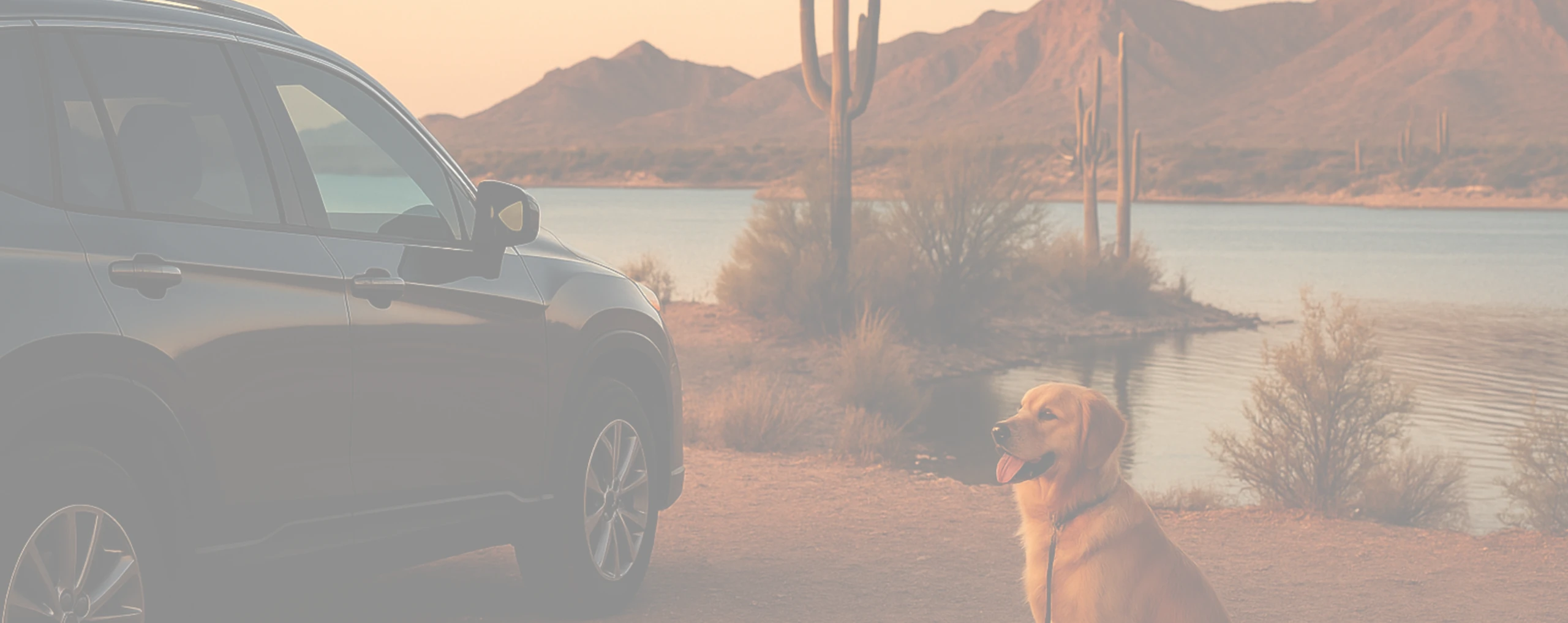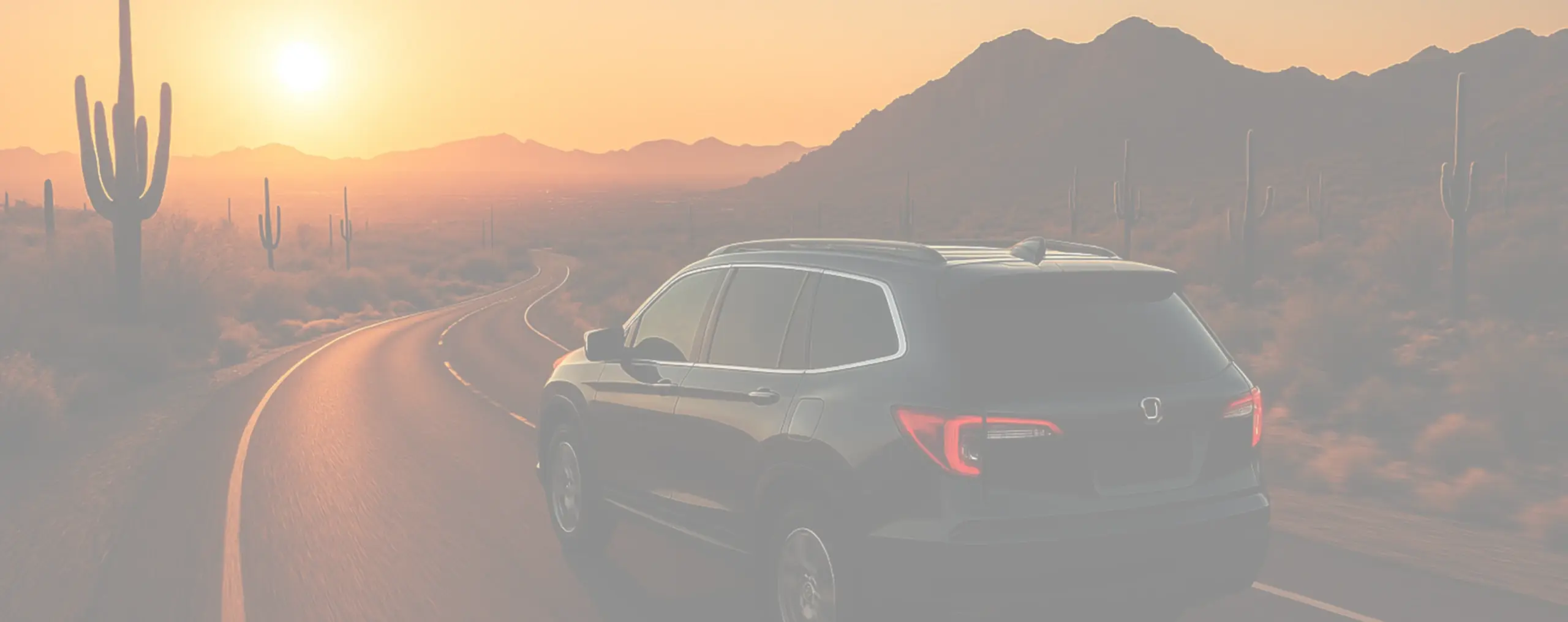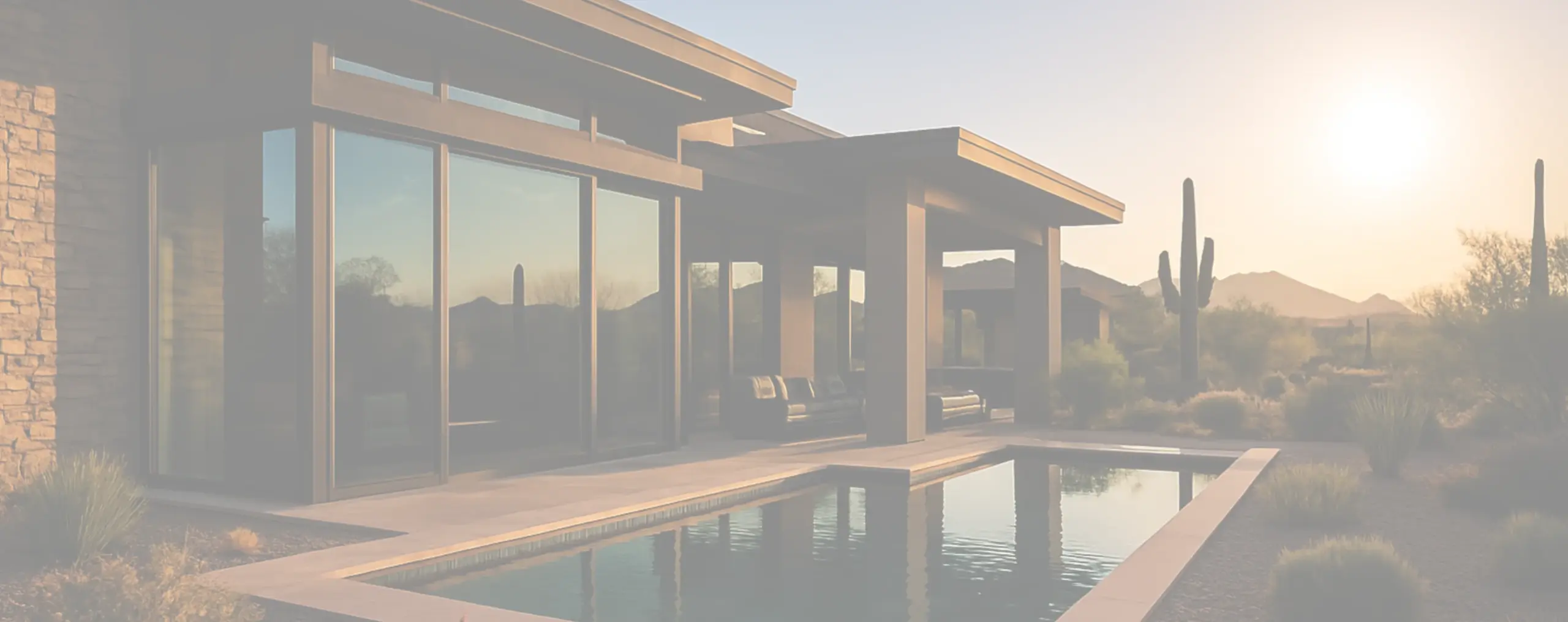Thanksgiving week in Phoenix brings early departures, late returns, and long stretches of windshield time on I-17. Anyone who has crested the climbs past Anthem at sunrise or dropped back toward the Valley at sunset knows how the sun can flatten contrast, wash lane markings into the pavement, and set glossy dashboards glowing across the glass. The solution isn’t to over-darken the front windows; it’s to pair a legal, color-neutral ceramic film with a few road-tested habits so you keep contrast high, heat low, and confidence up. If you’re prepping the vehicle before the holiday, a local, Phoenix-tuned approach to Phoenix car window tinting can make the difference between a fatiguing drive and a clear, comfortable run to family or the high country.
Why I-17 Glare Spikes in Late November
In late November the sun rides lower on the horizon, so its rays strike windshields and side glass at shallow angles for longer portions of the day. Those angles amplify “veiling glare,” the milky haze that seems to sit on the glass itself and robs the scene of contrast. Add dry air, light dust, and reflective signage, and even perfectly clean glass can look foggy—especially when bright infotainment screens or piano-black trim bounce light forward. The geometry of the corridor makes it worse: northbound at sunrise the sun sneaks under visors as you climb; southbound at sunset it hovers in mirror lines and slides through gaps between peaks. A film that is color-neutral and low in reflectivity slightly lowers windshield luminance and calms internal reflections without tinting the world blue or green, which is why material choice matters more than sheer darkness when the goal is visibility.
Ceramic Film vs. Darkness: Cooling the Cabin Without Losing Clarity
Modern ceramic films target infrared (IR) energy—the heat you feel—while also blocking the vast majority of UV that ages interiors and dries leather. That means you can keep the front windows at a lighter, Arizona-legal visible light transmission (VLT) and still get meaningful heat relief. The lighter fronts preserve night vision for the return trip while ceramic tech handles the temperature load that used to require darker glass. A non-metal construction protects GPS, cellular, toll tags, key fobs, and driver-assist antennas from interference, and a truly neutral gray tone preserves the natural color of lane lines, brake lamps, and the surrounding landscape. In practice, that combination yields a cooler, quieter cabin with less eye strain and fewer distractions from secondary reflections at the worst sun angles.
A Phoenix-Tuned Setup That Stays Legal and Works on I-17
For Thanksgiving drives, the front windows should remain lighter and compliant with Arizona law for night-time clarity; the rear doors and back glass can run one step darker to stabilize cabin temperatures and reduce flare in mirror views. Where permitted, a clear ceramic layer on the windshield trims IR heat that otherwise warms dashboards and encourages fogging when temperatures swing, and a legal sun strip at the top of the windshield softens low-angle glare without dimming the entire view. A reputable installer will match a uniform tone across all glass for a factory-clean look, cut patterns with a plotter for tight edges around the dot-matrix frit, and hand back a written, desert-appropriate warranty along with care instructions suited to Phoenix dust and hard water. The net effect is straightforward: you get the cooling and glare reduction you need on the climb north at dawn and the descent home at dusk, without compromising legality or night performance.
Keeping Contrast High: Reflections, Screens, and Interior Glass
Glare isn’t only about the sun; your cabin can create it. Glossy trim and bright screens reflect into the windshield and create ghost images precisely when your eyes are already working harder. A neutral ceramic film helps, but the way you set the cabin matters too. Before departure, dim the instrument cluster, center screen, and any head-up display to the lowest comfortable setting; bright interfaces cause self-inflicted flare. Wipe the inside of the windshield and rear glass with a plush microfiber and an ammonia-free, tint-safe cleaner (spray the towel, not the film edges) so you don’t carry smears into low sun. If your vehicle relies on a bed camera, hitch camera, or interior mirror camera, keep those lenses fingerprint-free and ask your installer to leave sensor windows clear of film so autofocus and exposure metering aren’t fighting unnecessary reflections.
Comfort on Long Holiday Runs: Heat, Fatigue, and EV/Hybrid Notes
Long climbs and holiday congestion raise cabin temperatures and driver workload. IR-rejection ceramics limit heat soak in seats, consoles, and headliners, so the A/C can pull interior temperatures down quickly and then maintain comfort on lower fan speeds. Over hours, that translates to fewer hot spots on surfaces your arms and legs touch, less air noise, and less fatigue. If you’re driving an EV or hybrid, the same dynamic can be kinder to range on hot valley segments by reducing HVAC demand before you ever ask the battery to work harder. And because the front windows remain lighter, you retain the crisp night contrast you’ll want when darkness arrives early on the southbound leg after dinner.
Road-Tested Habits That Pair with Tint for Clearer Thanksgiving Drives
The best window film is part of a system, not a silver bullet. Little routines pay off when the sun is low. Load luggage and coolers below the beltline so they don’t rise into glass sightlines, and deploy a reflective windshield shade while you pack, pulling it just before you roll so the A/C is not fighting a super-heated dash. On cold mornings, aim vents away from glass to discourage fogging as the cabin warms; on warm afternoons, pre-cool the cabin for a minute, then let ceramic tech hold the gains once you’re underway. Set mirror angles to reduce direct reflections from bright trim or chrome in adjacent lanes, and keep a microfiber in the door pocket to knock down a smear you didn’t notice in the garage. None of this is complicated; done together, it restores the contrast your eyes need at the exact times Thanksgiving travel makes it toughest to find.
Plan Around Conditions with AZ 511
Conditions, incidents, and work zones change quickly over the holiday stretch, and timing is a powerful tool for defeating glare. Before you leave, check AZ 511 Traveler Info for live camera views, speeds, and closures on I-17 and the connectors you’ll use to reach it. If sunrise lines up with a grade you know is difficult, shifting departure by twenty or thirty minutes can move the sun out of your direct path or put it behind a ridge for the hardest portion of the climb. Likewise, if southbound traffic compresses into sunset, a short stop north of Sunset Point can let the sun clear the horizon before you rejoin the flow. Decisions like these, paired with a glare-smart tint setup, make the drive safer, calmer, and easier on everyone in the car.
Care and Maintenance for Phoenix Dust Without Micro-Scratches
Desert dust is abrasive, and poor cleaning technique can leave micro-marring you’ll only notice when the sun hits at a shallow angle—which is exactly when you need the cleanest glass. The fix is simple: move grit before you wipe. A quick rinse or a puff from a hand blower dislodges the fines that cause swirls; then an ammonia-free cleaner applied to a towel (not the film edges) and a plush microfiber do the rest. Work along rear defroster lines rather than across them, and avoid high-pressure water aimed directly at film edges until the installer’s recommended cure period is complete. If irrigation overspray or hard-water spots are a risk where you park, a prompt rinse and dry prevents minerals from baking into hot glass.
Putting It All Together for a Clearer Thanksgiving Drive
When you look at the I-17 Thanksgiving trip as a system, the path forward is clear. Keep the front windows legal and lighter, lean on modern ceramic films for heat control, consider a clear ceramic windshield layer and a legal sun strip where permitted, keep interior glass and lenses smear-free, dim screens to the minimum you can comfortably read, and time departures with live information from AZ 511. Do these things and you’ll see the pavement’s texture instead of a milky wash, feel steady temperatures instead of hot spots, and arrive less fatigued on both ends of the day. If you want help tailoring a Phoenix-compliant setup to your vehicle and holiday plans, the team at ClearView Glass & Tint installs premium, color-neutral, non-metal ceramics, uses plotter-cut patterns for a factory-clean finish, and stands behind the work with a desert-grade warranty—so the brightest part of your Thanksgiving road trip is the holiday itself, not the glare in your windshield.
Written by Thomas McDonald
Latest Articles, Industry News & Expert Insights
Stay informed with updates, expert perspectives, and practical guidance on glass repair, replacement, and window tinting across automotive, residential, and commercial applications.







